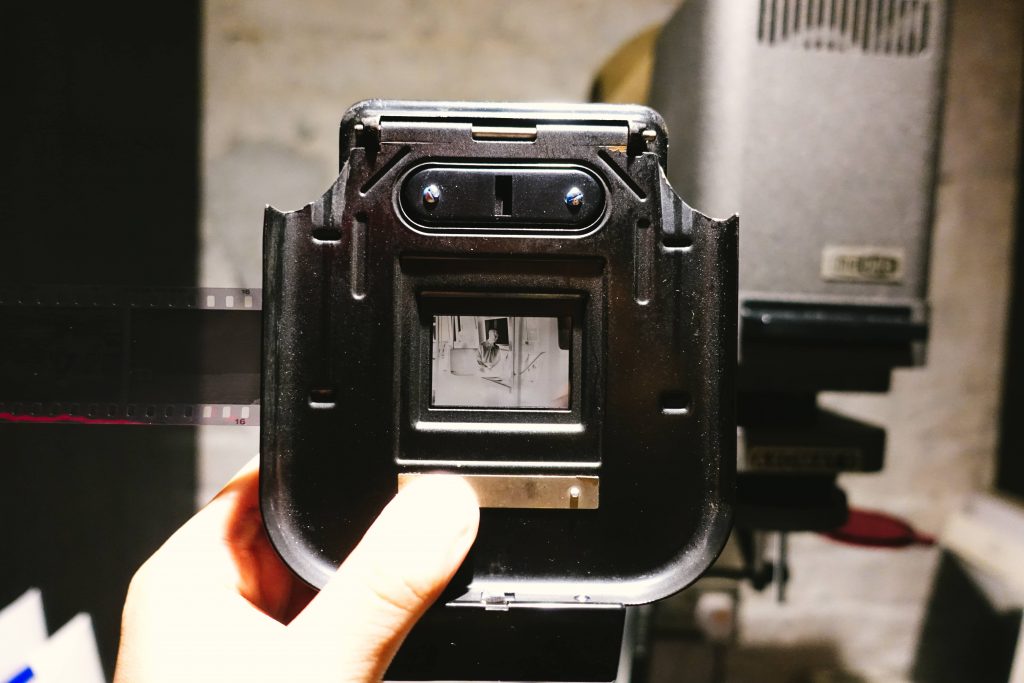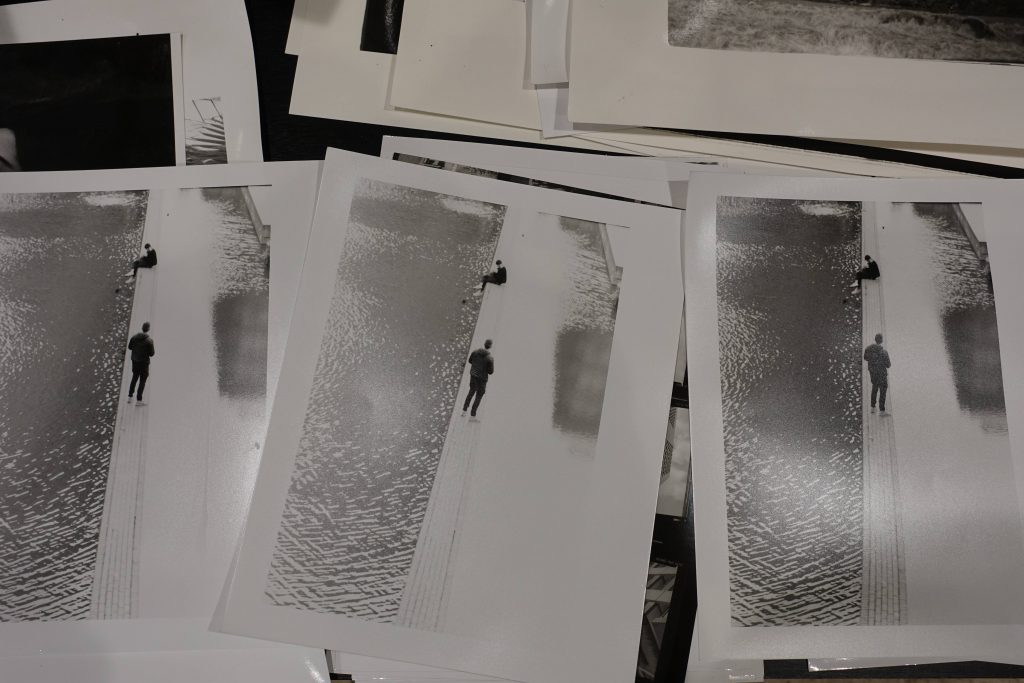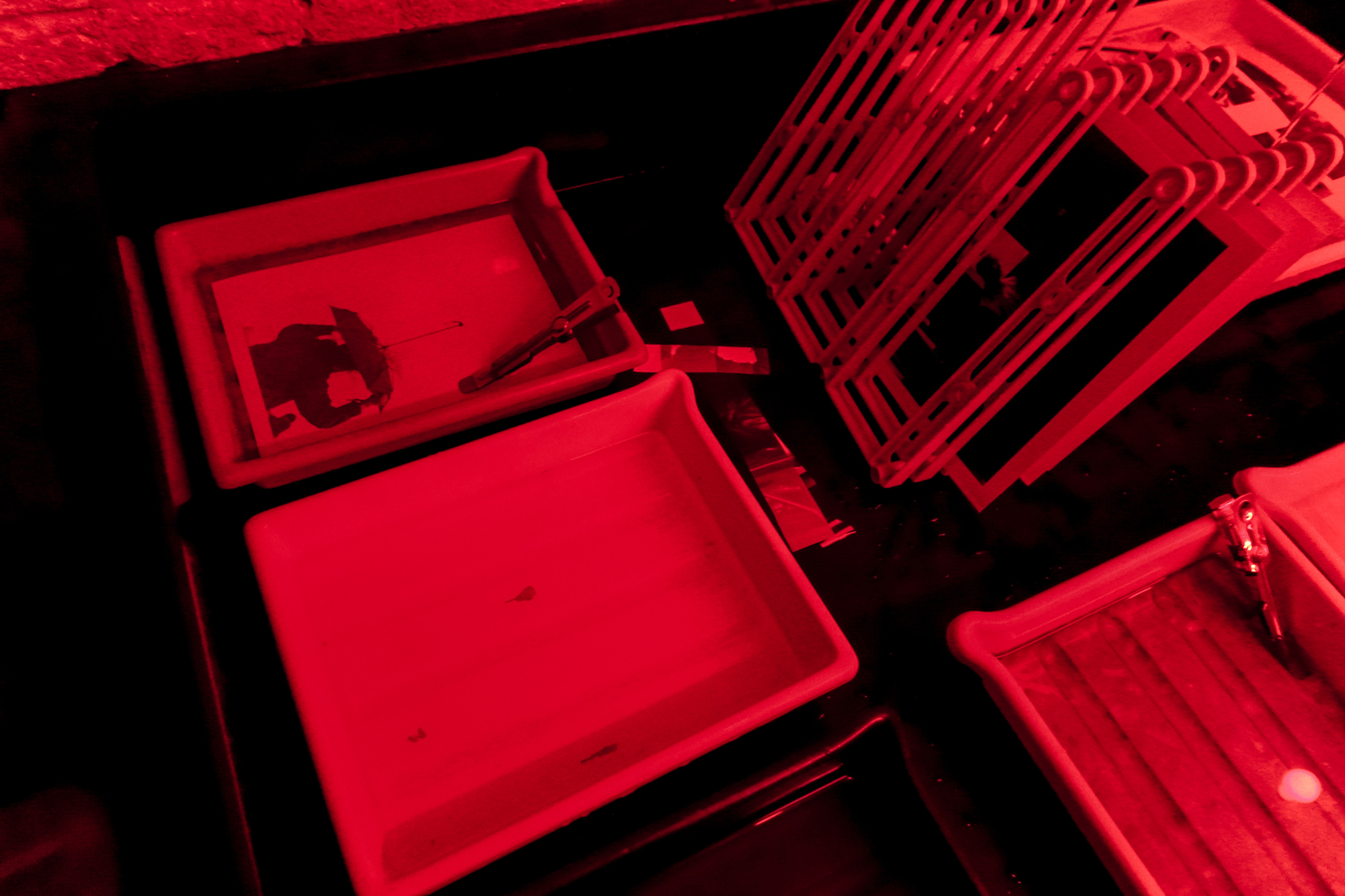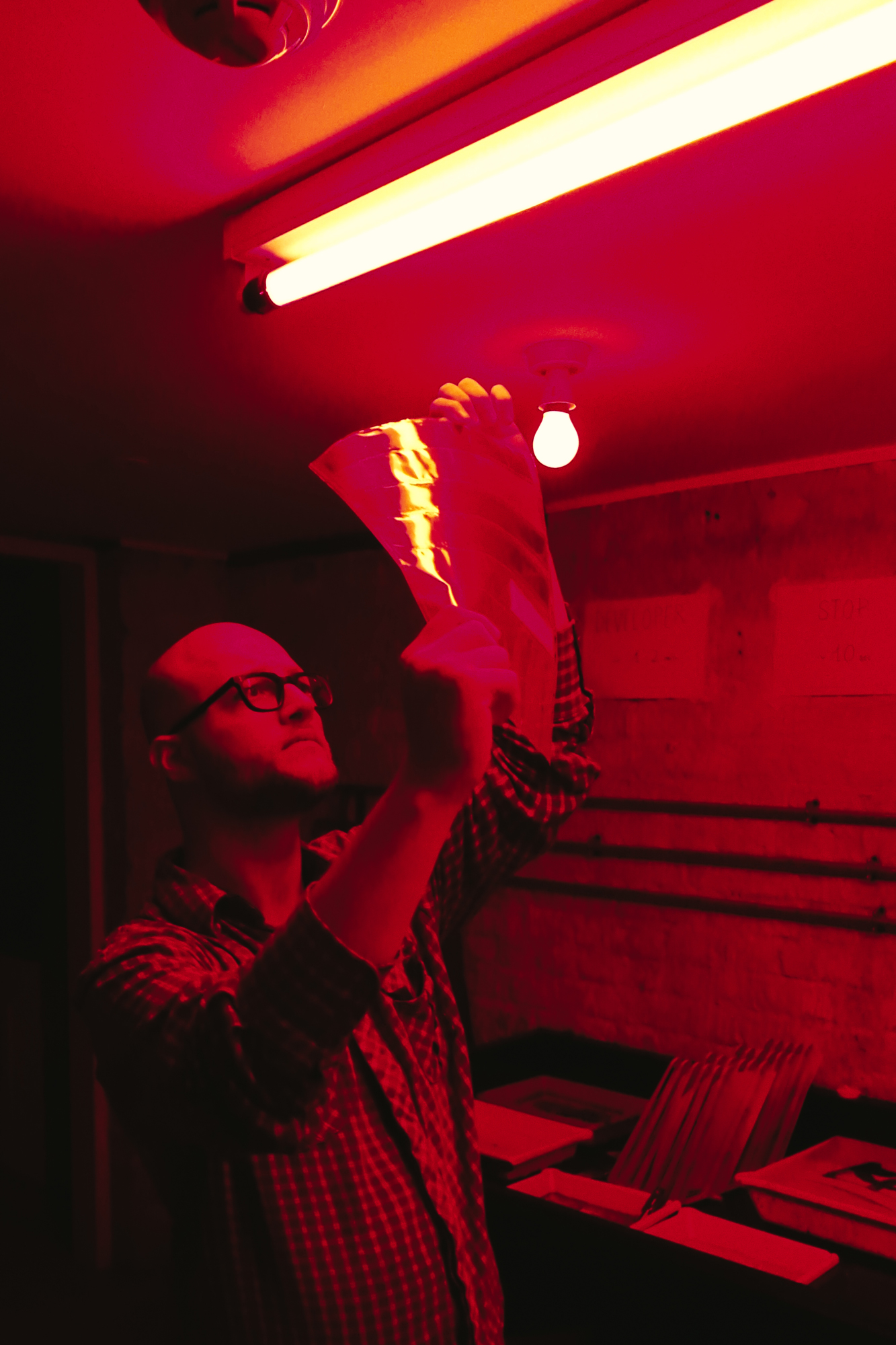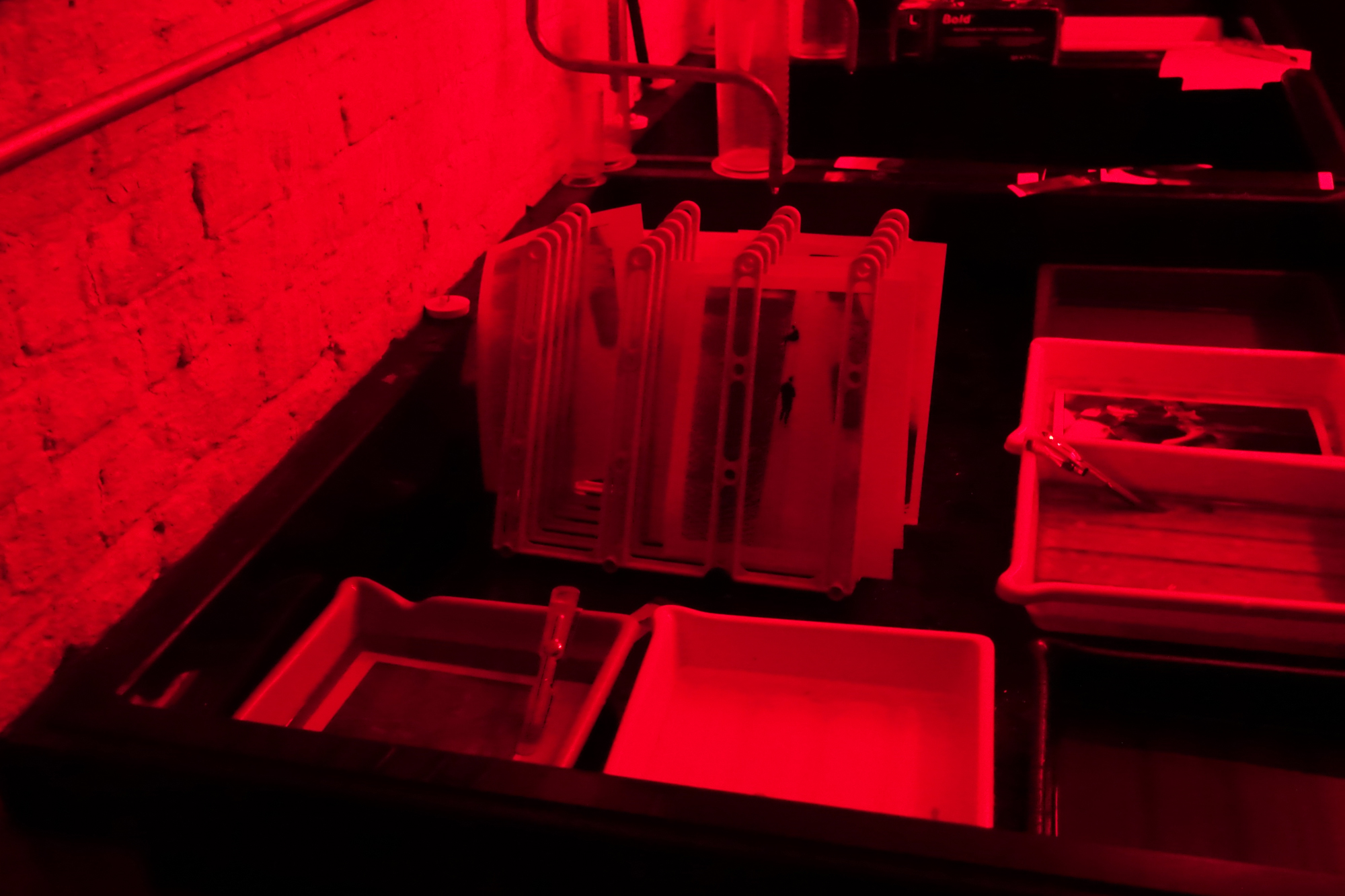The Inherent Community in Printing Posted On 28th April 2020 To Magazine & Stories

Selfish process?
It can sometimes feel that many steps in my photography process are selfish. Some of these I can take as positive, for example the way I now truly photograph for myself and not to please others. (Aside from client based assignments), as was the case when I was locked into the social media game at the start of my photography experimentation. Other times however it can feel that I’m not doing enough to use my photography somehow to produce some visceral change in the world, despite my current focus on social documentary projects – more often than not the results are simply inadequate.
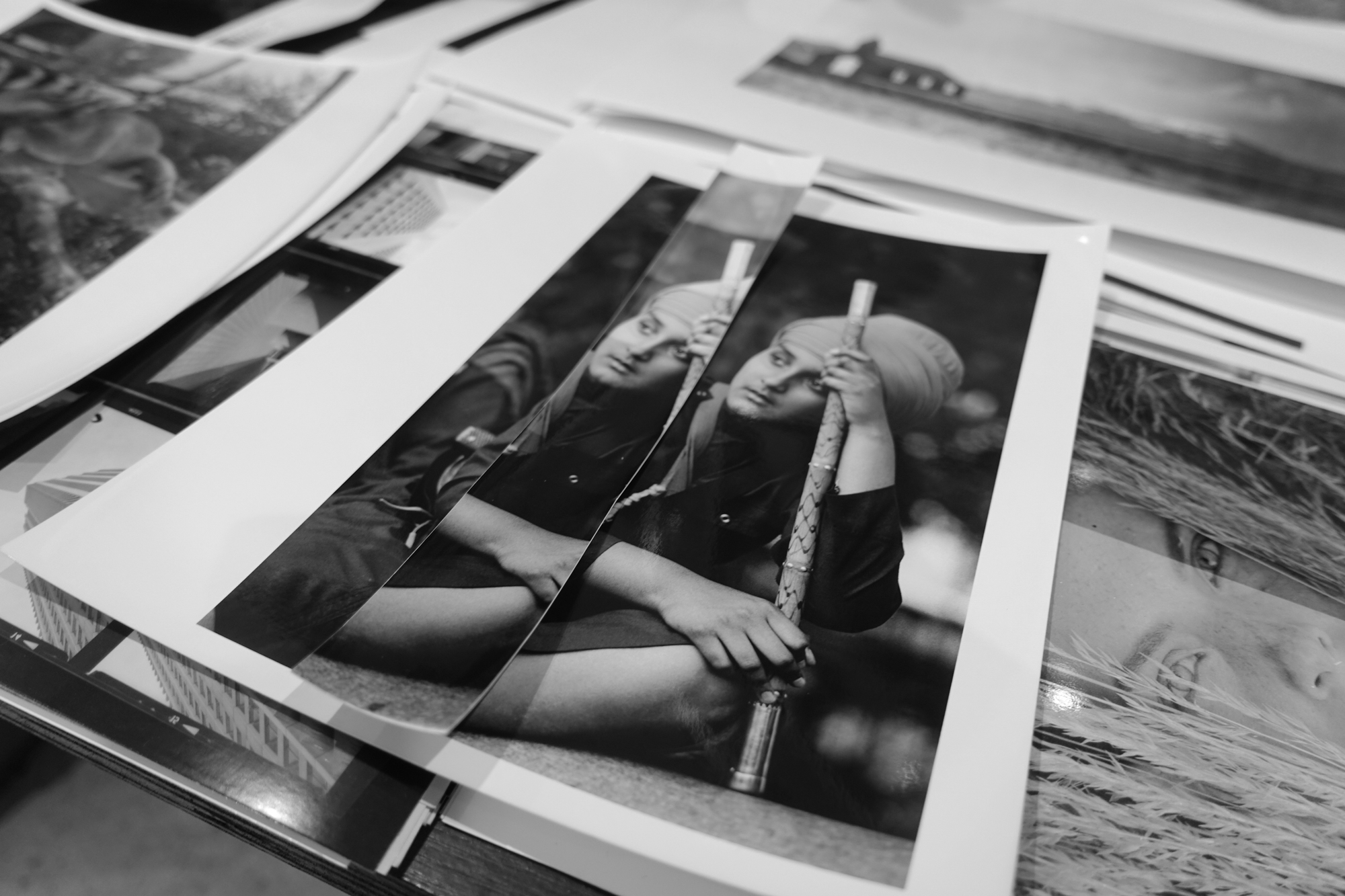
Giving back
I’ve found a few ways to give back to the photographic community so far, through my teaching, writing, lending gear, and as much encouragement as I’m able to give. However I wanted to find some aspect of photography that I could use to cultivate a stronger personal connection with the photography community, and I think I finally found that in the art of darkroom printing.
For me printing is not a selfish act. I don’t have the physical storage space for it to be a selfish act, which means that all of that effort and energy in producing a print must end up with someone else. The option of selling my prints is always open to me, but I would rather work towards stockpiling my archive and practicing techniques in order to improve as a printer so that my product is consistent.
In the meantime there are lots of negatives I want to be printing, and this means lots of gifts for the photographers I know would be interested in that sort of thing.
The physicality of a print to me naturally implies sharing. Before digital scanning a print copy was the only way to share a photograph, and that limited nature of the work really appeals to the way I want my work to be perceived.
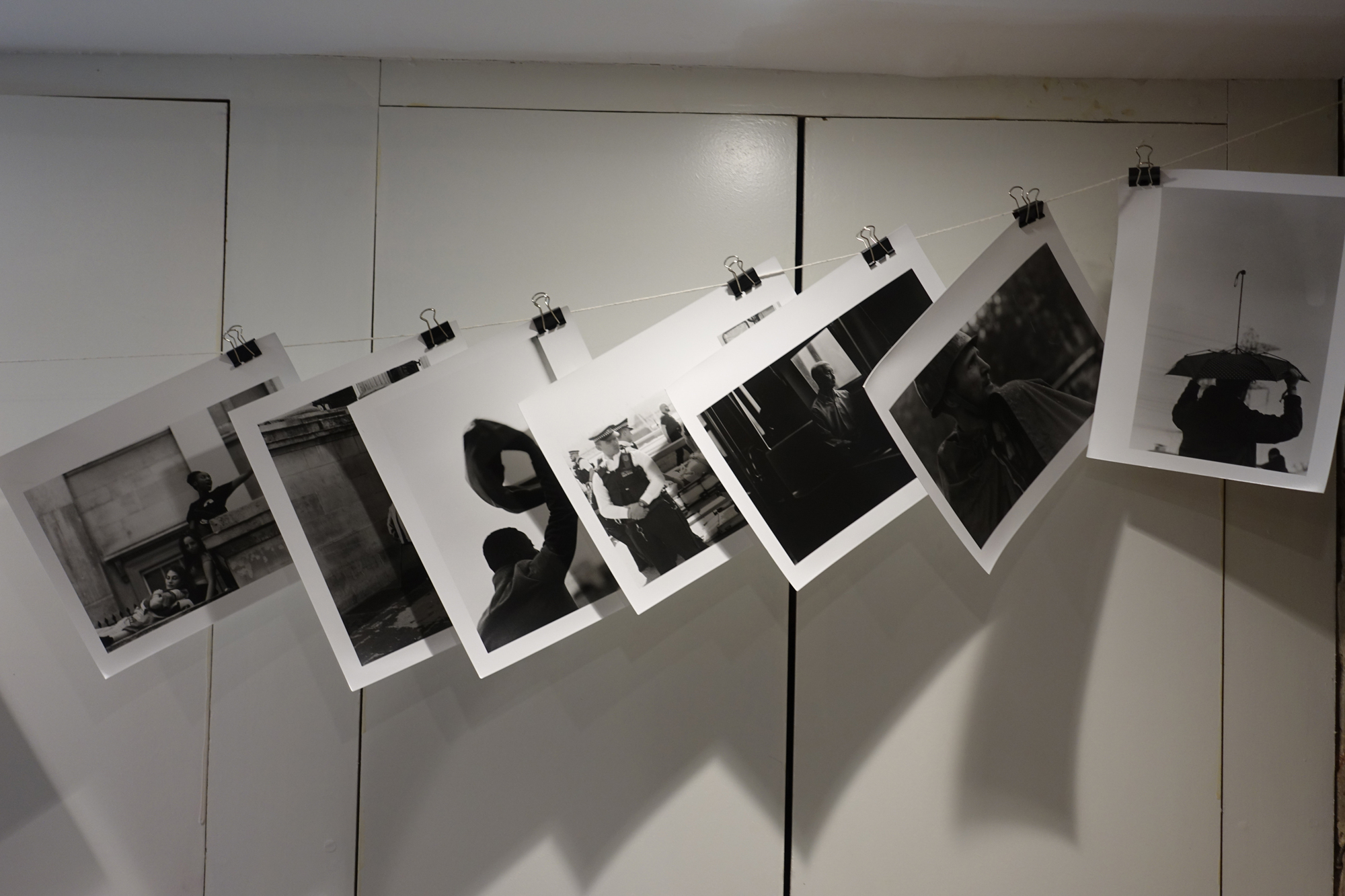
Imposter syndrome
Before I started printing I had a sort of worry that if I started producing and distributing my own work, even with genuinely positive intentions, that it would seem a bit egotistical, but I think this represented a larger feeling of insufficiency in my work at that time. It would be naive of me, a false humility, to pretend that people would see things this way; but it took selling quite a few digitally printed images, and receive a reasonable number of requests about darkroom prints to overcome this imposter syndrome. I know that I have a diverse collection of images, and that to start with something simple and aesthetic rather than anything with an agenda to it would be the best way to go about producing my first real darkroom efforts.
This all culminated in my first few darkroom sessions, which took place in 2019. I selected my negatives knowing in mind where I wanted the final prints to eventually end up, who I wanted to gift them to and why, and also made some aesthetic choices during the print because of this.
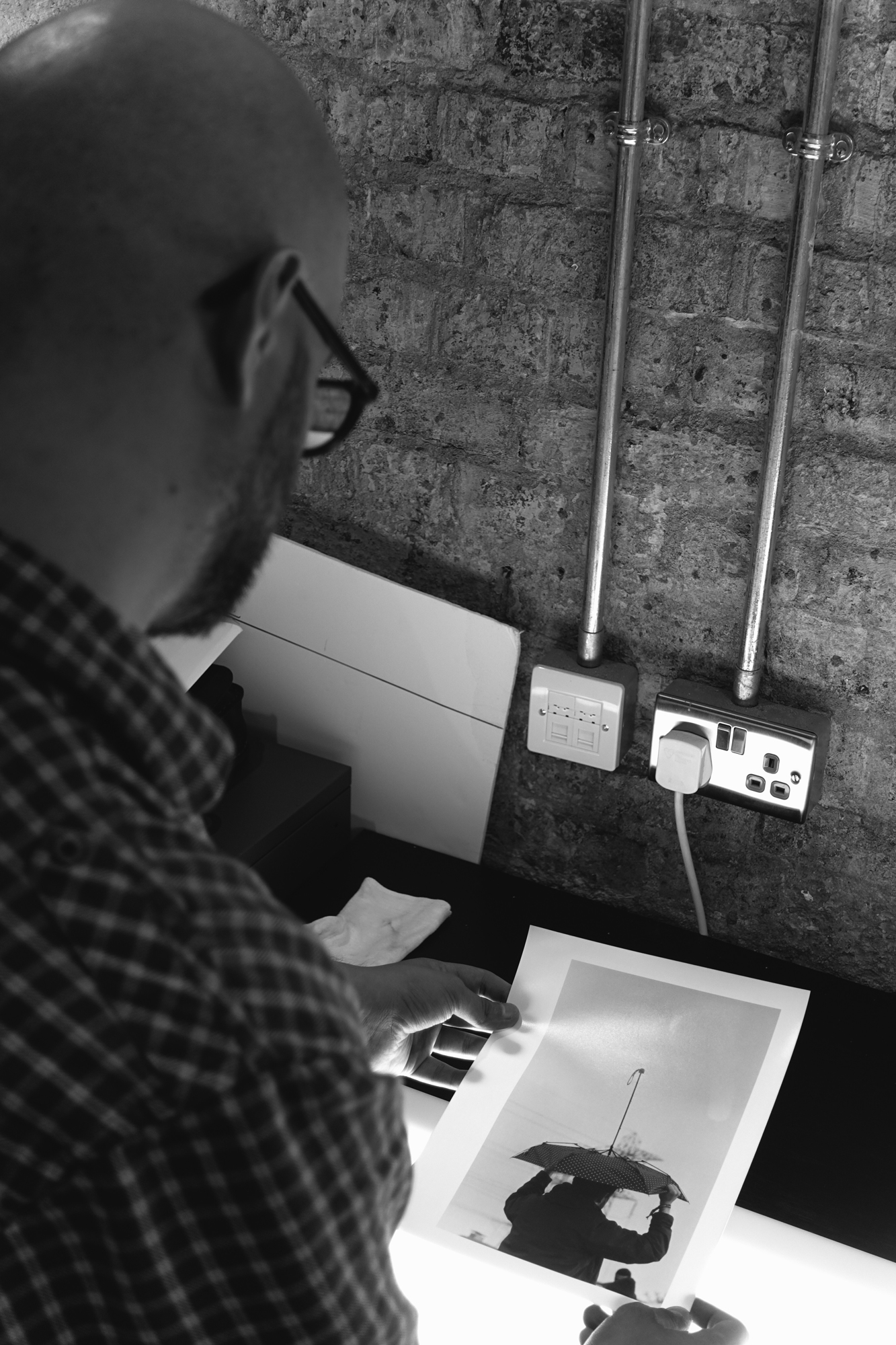
Strong prints
I also selected a few images which I felt would be strong results as prints but weak as scans – especially when the only place those scans had ever been publisoed was Instagram. Scenes with subtle detail definitely lose their impact when viewed at only a couple of megapixels, even when the gist is conveyed. I also think there’s a bit more of a feeling of risk when it comes to sharing a print; it’s an intimacy which doesn’t happen when sharing work digitally.
Digital sharing through online mediums is as close to zero commitment as it gets. With a unique physical artefact the stakes are raised. – That piece of work becomes something I truly need to justify. I wanted one of my first prints to go to a photographer I respect, and who I feel has influenced my work, especially with film – when it came to looking through my negatives for something to offer up I felt more worried than if I were simply sifting through my portfolio to be critiqued. I was overthinking the process; I know what work this photographer routinely produces but that doesn’t mean I should find something in my archive that mirrors his own work because who knows if that’s something they’d enjoy looking at, rather than something completely different. There’s no sure-fire way to know the impact of any one image, writ specifically for purpose on photographic paper – it’s a genuine commitment.
As I said, I was likely overthinking this, and decided that what matters is that it’s coming from me, that it’s work I’m proud of – that means more than tailoring something for approval, especially with something as subjective as photography. I hope I’m right!
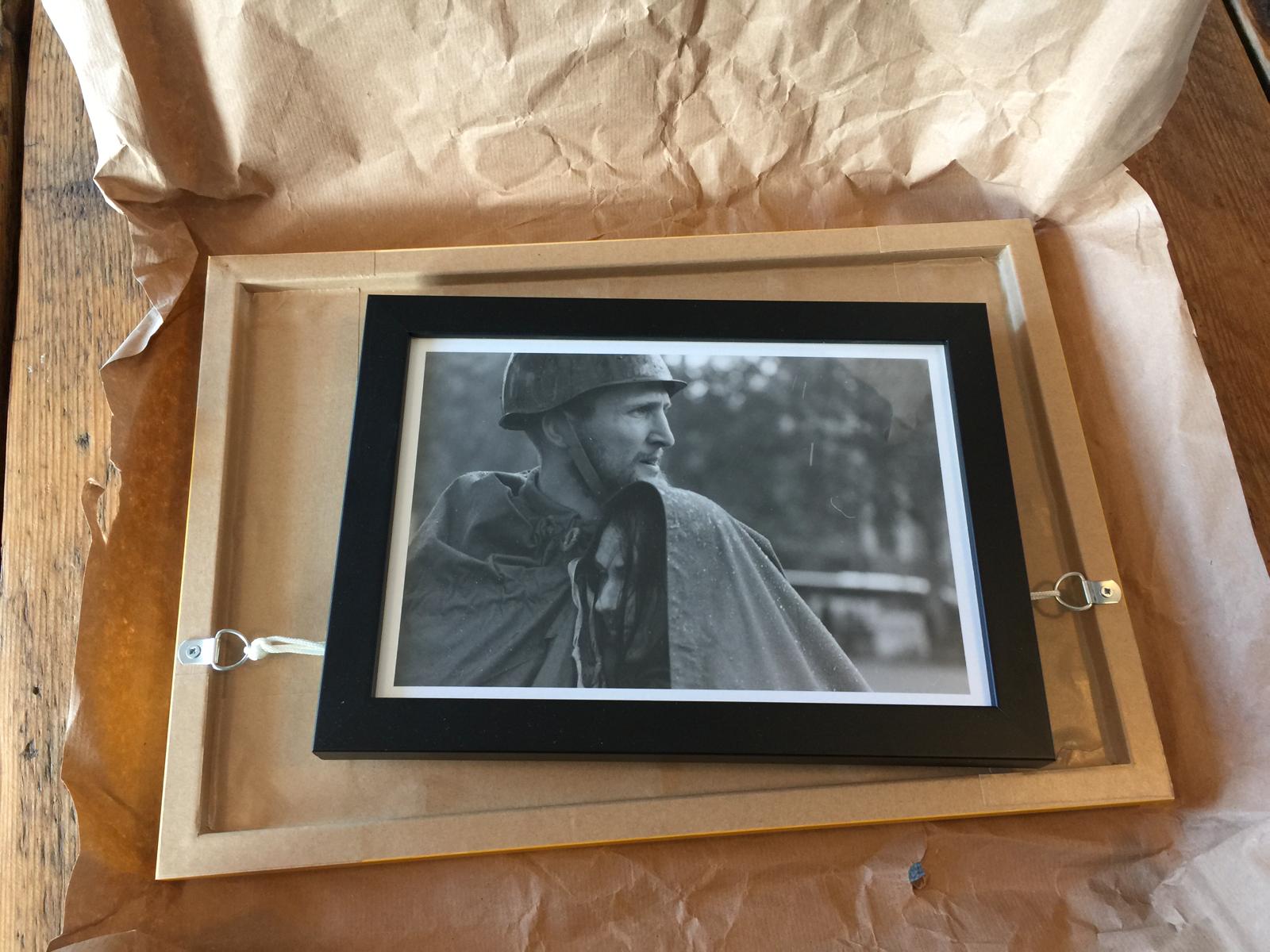
Digital sharing is ephemeral
Social media has played an incredible role in levelling the field for artists, but the result is superficial, without these feelings of risk and intimacy. Digital sharing is ephemeral – the value of a digital scan is just not comparable to what a print represents; an anchor of that picture.
The physicality of the print similarly represents more of a social aspect than any “social” media. An enlarger, chemicals, paper, and the negative – and once that’s done there’s no algorithm, no screen that can transmit that finished result; face to face interaction, coffee, conversation. This is what film photography offers me in a way that can’t be rivalled by chasing digital trends.
On top of this, I found that the darkroom space itself was a wonderful opportunity for existing in a community. I don’t have an area at home to print, which means renting out a part of a shared darkroom, and so far I have enjoyed producing my work in proximity with others. It means mutual education and sharing ideas, watching the way others print and enjoying the work of artists I would have otherwise never seen. It’s a real hub-like opportunity for the film community to interact. What stayed with me from my sessions was such a sense of collaboration, even though I never touched anyone else’s actual work.
Sharing a darkroom
No piece of editing software will rival an evening of sharing a room with my peers. With that atmosphere of banter, creativity, and respect for the finished product after witnessing the physical effort that went into producing it.
All of that energy naturally contributes to my appreciation of what that end physical result offers. The physicality almost demands something from me, and my response to that demand is to pass them onwards. I don’t want to hoard this experience, or the prints themselves; I want them to go to people, to rest on their walls or in their archives – not to feed my ego but because that’s where physical artefacts belong. Digital art can be in all places at once the moment it is uploaded, but that limited nature of a print is “bestowed” on a much smaller, and more reverential audience.
Magical moments
It was really magical when a few days after gifting one of my first prints to another photographer, I saw him again and he produced from his bag a print he had prepared from his own work, which he then gifted to me. Such a spontaneous and wholesome act of community – so much more impactful than leaving a nice comment on my Instagram!
This article is something I started writing a while ago, but only recently got around to finishing when I reviewed and realised that the concept may have more value now than when I began. The reason I found the time to finally complete this piece is that I’ve been spending a lot more time indoors as a result of the governments restrictions put in place as a response to the Covid-19 pandemic.
This time has allowed/forced me to catch up on all the admin and paperwork I’d been letting pile up while I was sending my time out shooting – but if I had a home darkroom then I know absolutely where I would be spending my time. I think that for anyone with access to producing darkroom prints over this time should do so wholeheartedly. I also think that embracing what that process offers in terms of community, and reaching out to one another to share in this process would be an incredibly valuable use of energy in this time of mass isolation. Print swaps, sharing ideas, zines, anything that brings life from your images into physical existence, to be shared physically, has an incredible weight when it offers that more intimate contact with the wider film community.
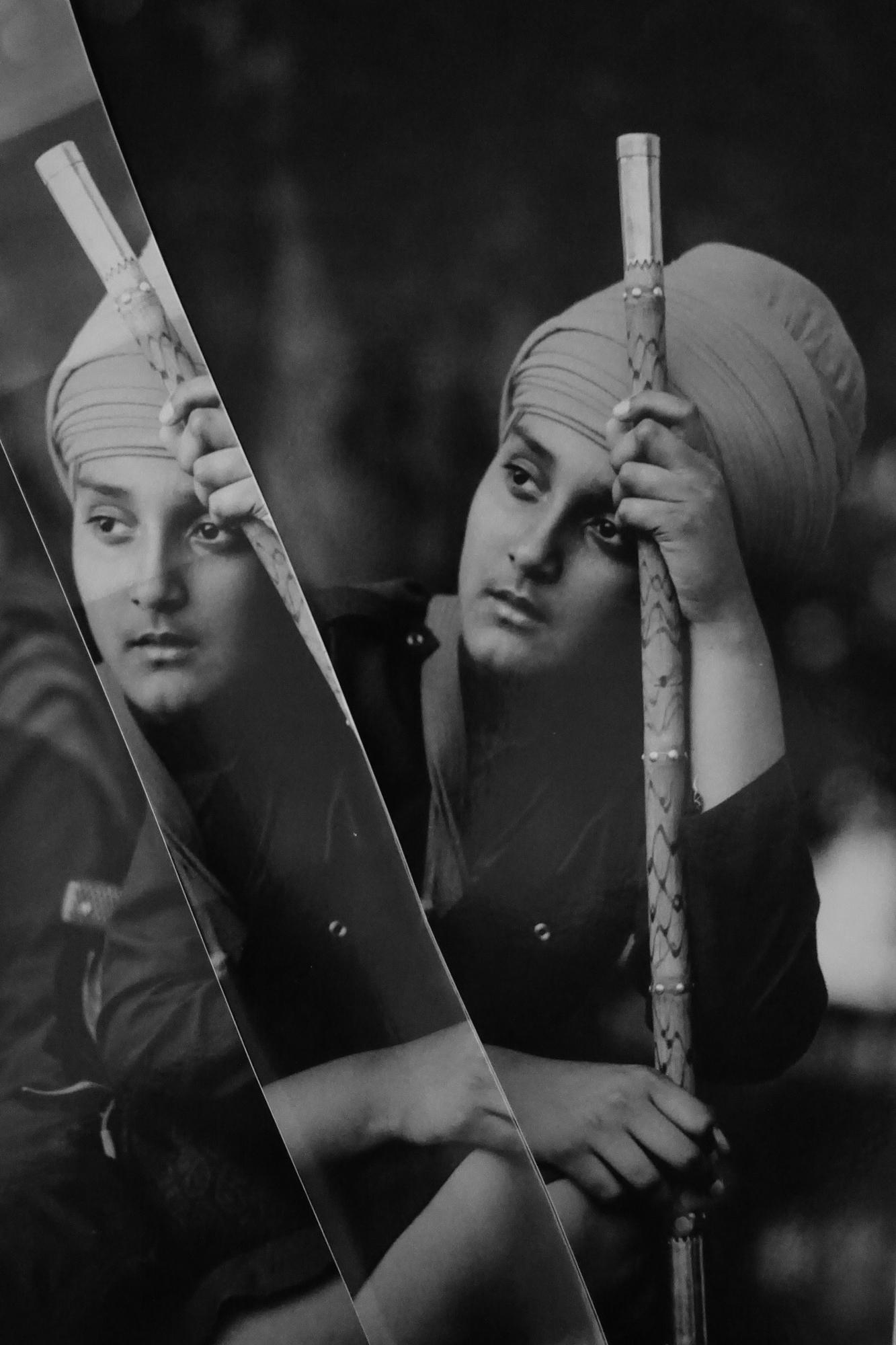
All images printed on Ilford 8x10 RC Multigrade Satin.
Images © Simon King
About The Author








